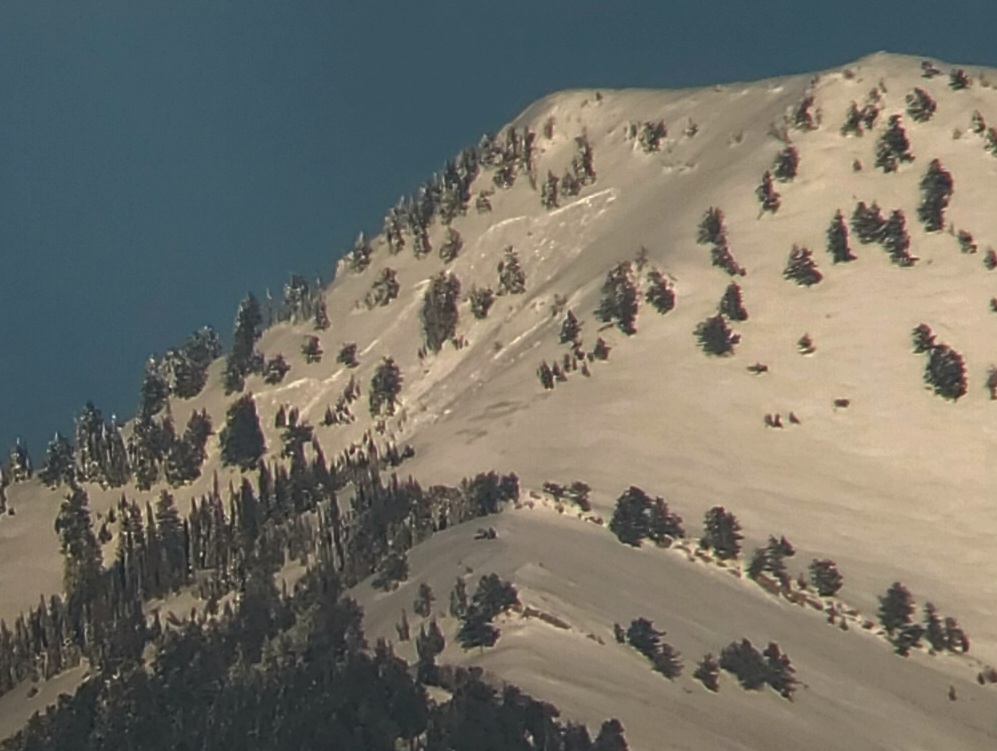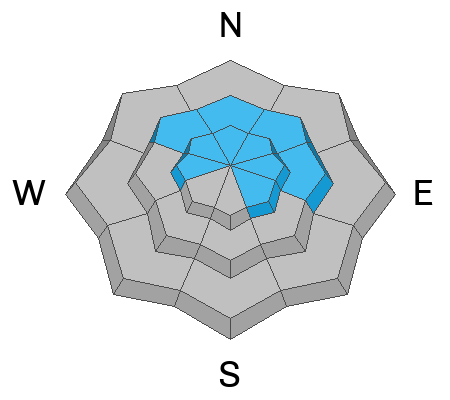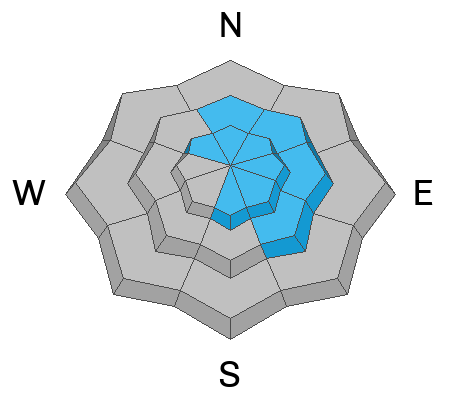Forecast for the Logan Area Mountains

Issued by Toby Weed on
Thursday morning, December 7, 2023
Thursday morning, December 7, 2023
Heavy snow and drifting from strong westerly winds will cause increasing avalanche danger today. Heightened avalanche conditions already exist on many upper-elevation slopes this morning. The danger will rise to CONSIDERABLE at upper and mid-elevations on drifted slopes steeper than 30 degrees. People are likely to trigger avalanches of wind-drifted snow failing on a persistent weak layer up to 3 feet deep and some could be triggered remotely or from a distance. Less danger exists in sheltered terrain and at low elevations.
Careful snowpack evaluation, cautious route-finding, and conservative decision-making are essential for backcountry travel in the higher terrain today.

Low
Moderate
Considerable
High
Extreme
Learn how to read the forecast here









